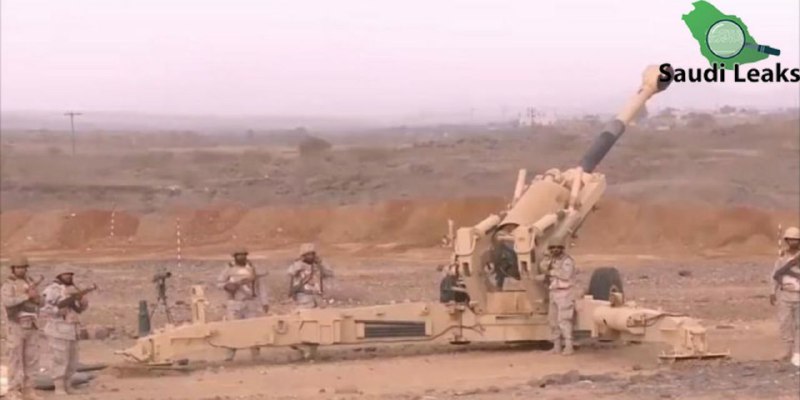
The Houthis stepped up their attacks against the Kingdom with a sophisticated ballistic missile amid the worsening of the Saudi defense system.
The Houthi group said it had bombed an important military site in the city of Dammam (northeast of Saudi Arabia) with a long-range ballistic missile.
The military spokesman on behalf of the group ,Yahya sareea’, announced that targeting of an important military site in the city of Dammam in the depth of the Saudi by a developed long-range ballistic missile “in a new and practical experience of the Yemeni missile force.”
He added in his account on Facebook that the targeting “comes in response to the crimes of aggression and its siege and persistence in the aggression and the shedding of Yemeni blood.”
He also said, “the armed forces renew their call to all foreign companies and citizens to stay away from military and vital objectives; they have become legitimate targets for us, and may be targeted at any moment as long as the aggression and the siege on the Republic of Yemen continues.”
He said that details of the operation and details of the new missile would be disclosed at a recent news conference.
On July 22, the Houthis carried out two attacks against Saudi targets that killed a number of Saudi soldiers. The group’s gunmen targeted a BMB vehicle with a guided missile in the area of Al-Sawh Square in Najran and targeted military tankers Laden with Saudi soldiers east of Jephan Mountain in Jazan (south of the country).
The Houthi group has recently stepped up its assaults on medium-range missiles on Saudi targets, notably Jazan and Abha airports, while the group occasionally announces the killing of Saudi soldiers in clashes near the Yemeni border.
The Houthis control the capital Sana’a since September 2014, before expanding their dominance to several provinces. Since March 2015, a Saudi-led coalition has backed Yemeni government forces against the group in a war that has left a severe humanitarian crisis, the worst in the world, according to the United Nations.
The escalation of the Houthis did not stop at the airfields. They confirmed the arrival of their planes in June to the King Khalid airbase in Khamis Mushait, southwest of Saudi Arabia. Prior to May 14, seven planes targeted two Saudi Aramco pumping stations.
From ballistic missiles to aircraft attacks, the Houthis proved their success in developing their combat capabilities years after the Saudi war on Yemen, so that their weapons pose a serious threat to the kingdom, one of the world’s largest arms buyers.
The rebels launched at least 20 attacks in June alone against vital installations in the kingdom. The Saudi defenses responded to the majority of the strikes, but were unable to deal with others, including an attack on a plane running the length of Abha airport in the south of the Kingdom, causing the death of one person and wounding 21 others.
“We have seen a huge increase in the capabilities of the Houthis, especially in the field of ballistic missiles and jet technology,” said Andrews Craig, a researcher at King’s College in London.
“The current capabilities are more advanced than at any point reached by the Yemeni armed forces before the outbreak of war,” he said.